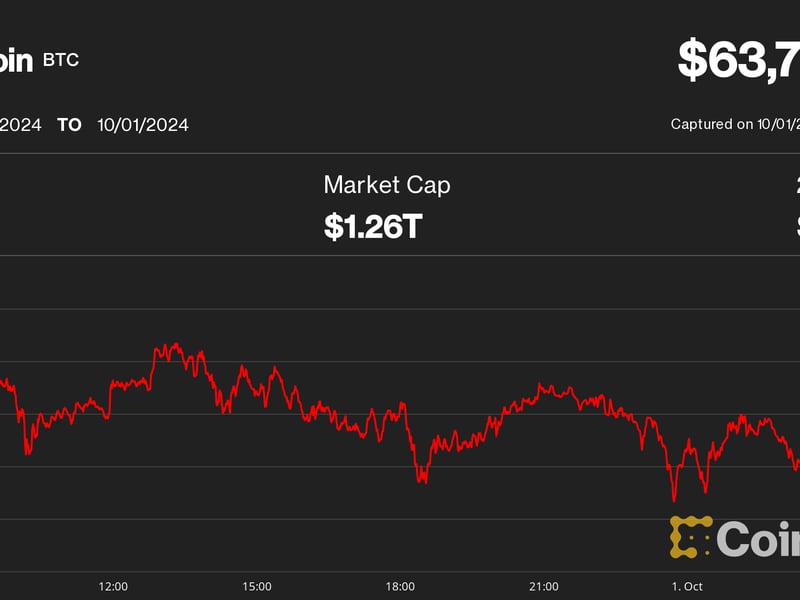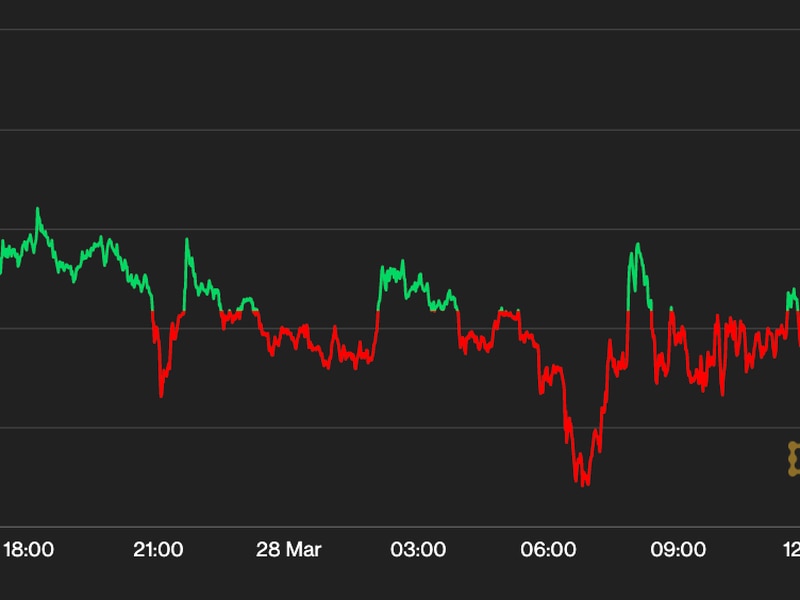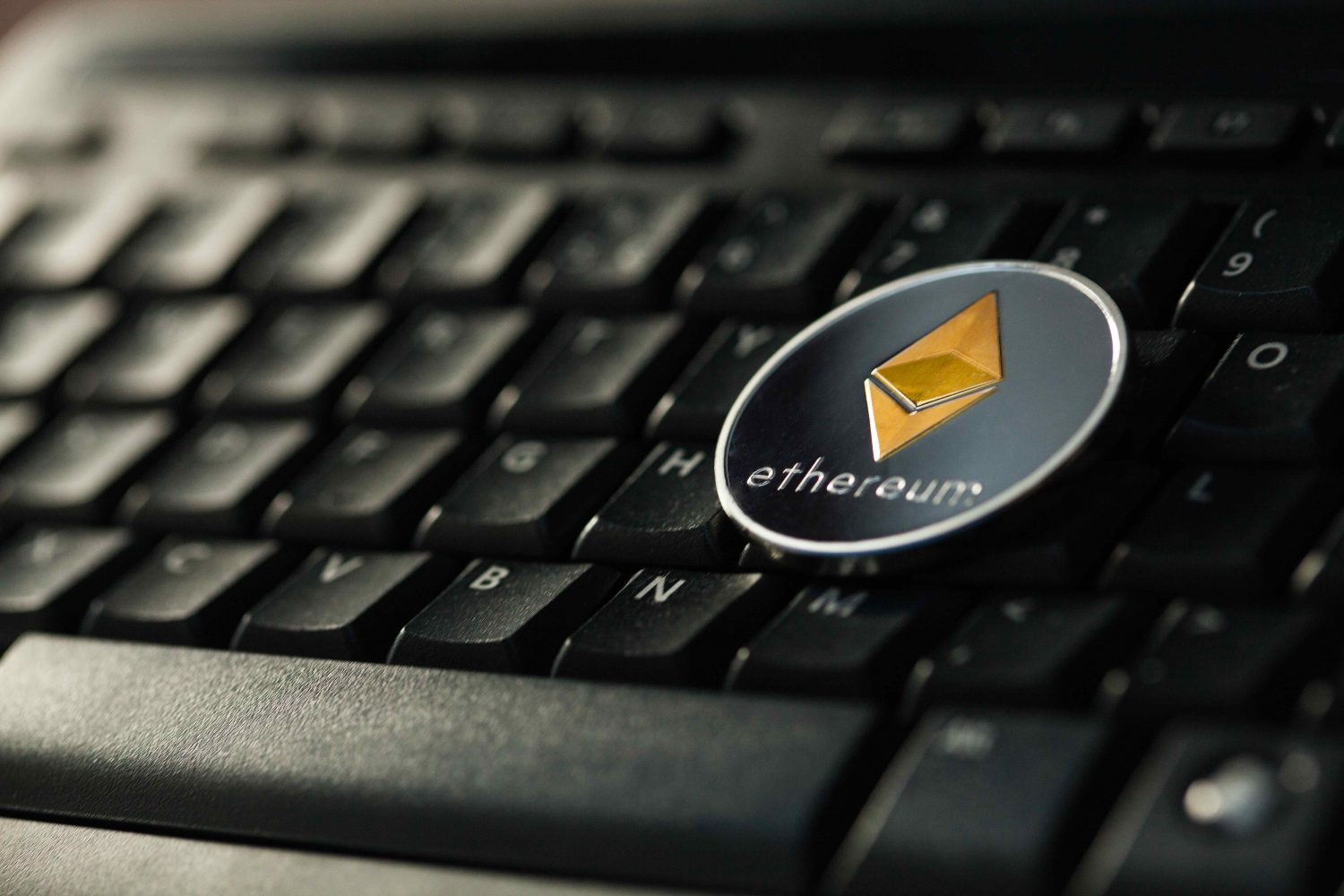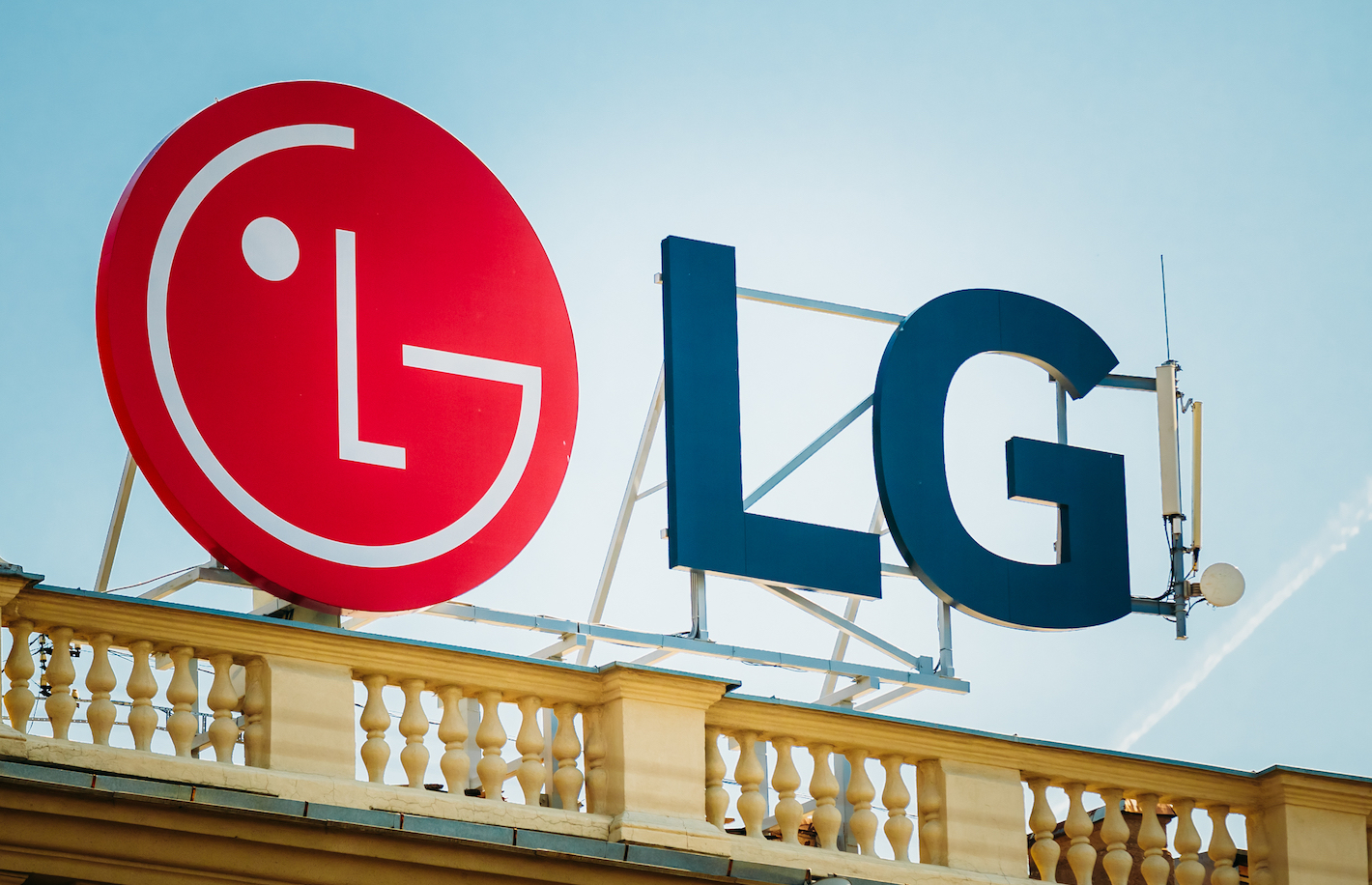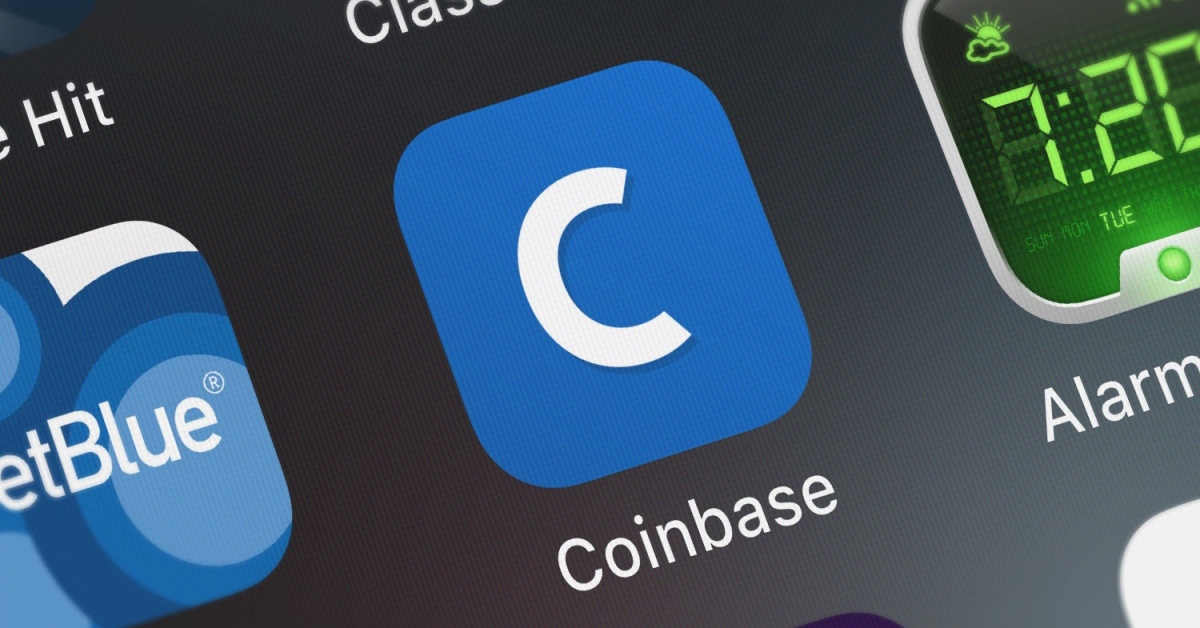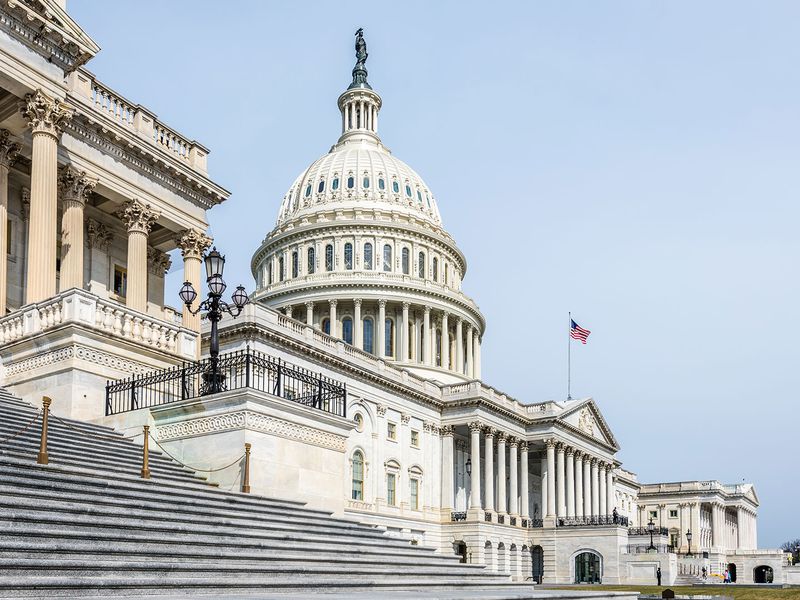XRP Blockchain Still Faces Centralization Caveats as Ripple Regulatory Threat Recedes
Last week’s news that Ripple Labs had scored a partial court victory in its battle with the U.S. Securities and Exchange Commission lifted a regulatory cloud that had hung over the project for years.
What remains, however, is the persistent criticism historically lobbed at XRP Ledger, the project at the heart of the case, by blockchain purists: that it’s too centralized, in its technological design.
A descendent of Bitcoin but built around concepts that date to the early 2000s, XRP Ledger, or “XRPL,” relies on a key tradeoff – allowing its central transaction-processing mechanism to be controlled by a much smaller handful of “validators” or key operators than found on many rival blockchains.
“Ripple basically said, ‘Hey, let’s make Bitcoin adoptable by institutions,’ so they created their own version of a decentralized currency that was faster and more consistent and cheaper,” according to a former Ripple Labs employee who asked not to be identified so he could speak more freely without upsetting old colleagues. “But it did come with a trade-off of greater centralization compared to Bitcoin.”
Benefits come in the form of security, speed and throughput, but the downside is that more centralized networks are more susceptible to the influence of major players, or prone to single points of failure.
That’s not to say that the XRPL isn’t, in and of itself, a fascinating project in its own right, having been an early mover in the blockchain industry and now commanding a market capitalization for its native token XRP of $42 billion, the fourth-largest among tens of thousands of cryptocurrencies – along the way attracting the likes of big banks like Bank of America as partners. NFTs are natively built into the blockchain’s underlying programming – something upstart competitors are only now accomplishing. Smart contract-like functionality is currently on the way, and third-party sidechains are beginning to proliferate.
Potential use cases like global remittances are obvious. Ripple just has very different ambitions from many rival blockchain projects where decentralization is, for better or worse, an organizing principle.
CoinDesk reached out to Ripple Labs for comment but did not hear back by press time.
Released in 2004 by a Canadian programmer named Ryan Fugger, Ripple wasn’t originally a blockchain project. Cryptocurrencies as we know them wouldn’t even exist for four more years. “RipplePay,” as it was originally called, was a peer-to-peer payment network focused on convenience and security.
In 2011, Fugger sold RipplePay to Jed McCaleb, Arthur Britto and David Schwartz. They were building a new payment system inspired by Bitcoin, which had come out a few years earlier and was still far from a household name.
The trio’s mission – which they eventually merged with RipplePay – involved bridging blockchains with traditional finance through faster transactions, cheaper fees and lower energy costs. Their new company, called “OpenCoin,” eventually re-branded to Ripple Labs – the organization we know today.
Ripple’s reputation in cryptocurrency circles was complicated from the start.
“When Ripple was just my project pre-2012, it had a limited, but generally good reputation in the alternative currency/nascent crypto community,” Fugger, who briefly stayed on with Ripple Labs as an advisor but no longer works at the company, said in an email to CoinDesk. “When Jed et al took it on, they were hoping to build on that reputation.”
Around the time of RipplePay’s OpenCoin takeover, the budding blockchain industry was completely dominated by Bitcoin, which gained steam in the wake of the 2008 financial crisis as a way to combat a corrupt financial system.
Bitcoin’s breakthrough was that it used cryptography to allow people to transact over the internet without the need for trusted intermediaries.
Powered by a “decentralized” community of miners, bitcoin’s novel approach to payment tech ensured that no one person or entity could tamper with transactions or slow them down.
Unlike Bitcoin, which set out to disrupt traditional banking, Ripple’s focus would be on making iterative improvements to the existing financial system.
Not everyone was on board. Fugger no longer works in the blockchain industry and believes XRP’s reputation has improved over the years, but he recalls that in the project’s early days “XRP was quite polarizing, and viewed negatively by many in the Bitcoin community — mining purists, Bitcoin maximalists, etc.”
Ripple’s original use-case for XRP was quick and cheap cross-border payments – a feature called “On Demand Liquidity” (ODL) that uses XRP as a bridge asset for banks and financial institutions to transfer between currencies. Over time, Ripple Labs has expanded its focus to include additional use cases like central bank digital currencies, or CBDCs – essentially digital versions of government-issued money.
In the future, Ripple sees itself as a wholesale replacement for SWIFT – the messaging network that powers today’s global payments system.
Crypto purists and bitcoiners stick their noses up at Ripple’s many financial and central bank partnerships – arguing they’re anathema to what “decentralized” payment networks are all about. XRP’s enthusiastic fanbase, the XRP Army (whose mob-like antics can be worthy of standalone articles), espouse a different view.
“Bitcoin in its white paper is anti-bank, anti-establishment,” a prominent XRP Army member told CoinDesk’s Jeff Wilser earlier this year. “The libertarian in me loves it. The libertarian in me absolutely goes f#$king nuts for it. I’m like, ‘Hell yeah, down with the man!’”
“As an adult, I understand that the legacy firms, and systems, and governments, and central banks of the world aren’t going for any of that shit.”
Ripple’s critics often take issue with XRP Ledger’s consensus mechanism – the method the chain uses to securely process transactions.
On Bitcoin, which uses the “proof-of-work” system, anyone can compete to “mine” blocks and earn rewards. On Ethereum, which uses “proof-of-stake,” anyone with enough ETH tokens can “stake” currency to help secure the network and earn interest.
Ripple’s system, called “proof of association,” or PoA, is more closed-off by comparison. Every XRPL server operator is required to manually compile a list of validators, called a “Unique Node List” (UNL), that it trusts to report on the state of the blockchain. Anyone can run a validator, but only “trusted” validators on UNLs can directly process transactions.
Ripple Labs and two closely-linked entities – the XRP Ledger Foundation and Coil – each publishes a recommended list of validators, and servers are encouraged to use one of these “default” UNLs rather than build their own list of validators.
PoA is ostensibly a way to keep the system cheaper and more energy efficient. By comparison, Bitcoin mining is famously energy-intensive, and Ethereum staking requires a heavy up-front capital investment. Both chains – particularly Ethereum – incur significantly higher transaction fees than XRPL.
However, XRPL is undeniably more centralized in terms of the raw number of validators that operate its network. There are around 100 validators on the XRP network – multiple orders of magnitude lower than on Bitcoin, which is powered by over 1 million miners (though Bitcoin’s system has its own issues with concentrated power).
Moreover, only around 35 validators are on XRPL’s most-used default UNL, meaning fewer than three dozenentities play an outsize role in keeping the chain alive and truthful (if enough of these operator collude to sabotage the network, they could, at the very least, disrupt the chain’s liveness).
PoA is also pitched as more secure for partner institutions since only “trusted” entities run the chain.
“You can’t just come in with a billion dollars and say, ‘I have enough for 1,000 Ethereum validators, I’m gonna run them all; I just bought my way into owning part of Ethereum consensus,’ or ‘I’m gonna buy a bunch of mining hardware, and I have more money than you, so I can get a larger share of Bitcoin protocol consensus than you can,’” explained Red Sheehan, a research analyst at Messari who writes regular reports on XRPL commissioned by Ripple Labs. “That’s just not possible with Proof of Association.”
However, decentralization purists hold that PoA systems undermine the whole point of distributed ledgers – the idea that trust should be removed from the equation.
Ripple’s critics take particular aim at the initial distribution of the XRP token. Ripple Labs takes pains to distinguish “Ripple” from “XRP,” asserting that the initial distribution of XRP tokens, which saw 80% go to Ripple Labs and 20% to its founders, was a “gift” from the open-source developers of XRPL. This is despite Ripple Labs’ significant role in constructing the chain.
Over time, Ripple Labs has divested a large portion of its XRP holdings, sometimes selling over-the-counter to institutional investors, and at other times to retail investors through cryptocurrency exchanges via so-called programmatic sales.
Ripple Labs remains the largest holder of XRP tokens, which has led to concerns that it can hurt or manipulate the asset’s price. However, most of the firm’s remaining XRP is held in an escrow account, which restricts Ripple Labs from selling any more than 1 billion XRP in any given month.
Smart contracts and sidechains
Placing XRP’s initial distribution and XRPL’s consensus mechanism aside, the XRPL ecosystem has struggled to find much adoption outside of a limited set of use-cases.
On one hand, Ripple’s proprietary “RippleNet” product suite, which is based on XRPL, has begun to see increasing adoption from banks. According Sheehan, “Institutional tools – whether that be on-demand liquidity or whether that be CBDCs – seem ahead, I’d say, of other chains.”
On the other hand, says Sheehan, adoption of retail focused XRPL use-cases, like NFTs, have struggled to find the same footing.
Part of why XRP has struggled to attract users may be due to XRP Ledger’s lack of programmable smart contracts – the blockchain-based computer programs that most modern blockchains, like Ethereum, use to power their community-run NFT and decentralized finance (DeFi) ecosystems.
The former Ripple Labs employee that spoke to CoinDesk says criticisms of XRPL’s tech should consider the chain’s age: “It’s literally a decade old. It’s easy for the Ethereum community to look at it today and be like ‘Oh my god, you can’t even do smart contracts, that’s ridiculous.’ But it’s older than Ethereum.”
XRP, to its credit, had one of the first decentralized exchanges (DEX). It was also home to some of the earliest NFTs. However, XRPL’s DEX and NFT ecosystem lack the richness and flexibility of those found on newer blockchains, and they’ve failed to achieve much adoption as a result.
Luckily, there’s a chance that XRP Ledger’s programmability may soon expand. Several third parties are building “sidechains” that write transactions to XRPL, but can extend upon its capabilities via more complex features like smart contracts. One sidechain currently in testing is based on the Ethereum Virtual Machine, meaning it could theoretically open up the XRP ecosystem to some of the same apps and smart contracts that live on Ethereum and similar blockchains.
There is also an official proposal to introduce “hooks” directly to the XRPL network. Almost like mini smart contracts, hooks – which are currently in testing – will allow people to add code that auto-executes on certain types of transactions.
When Ripple first came on the market in 2012, it was among the first blockchain projects to unabashedly embrace traditional banks. It was also one of the very first blockchains to depart from Bitcoin’s mining system. Both of these moves earned it scorn within the crypto community – a sentiment that pervades today.
Despite a checkered reputation in some corners of the crypto community, Ripple’s SEC lawsuit has won it new allies – some grudging, others more enthusiastic.
Many of the XRP about-faces are rooted in politics – eg. ‘the enemy of Gary Gensler is my friend’. Others, though, have signaled a willingness to re-assess Ripple as a whole.
For instance, Ryan Selkis, the Messari founder and former XRP critic, has called for the industry to rally behind the project.
“I’ve been critical of Ripple in the past (various reasons), but more aligned with them than ever before,” he said in March in a now-deleted tweet. “Ripple should win the overreaching XRP-SEC case, and the XRP Ledger should be afforded the opportunity to compete fairly on digital payments infra globally. Demand is there!” (Selkis appears to have deleted all of his tweets from before May 28, 2023 – not this one in particular.)
But it’s not just the SEC lawsuit that has won Ripple new friends.
Centralization is better understood in 2023 as a spectrum, and low-fee, “permissioned” blockchain projects are much more common now than they were in 2012. Ripple’s banker-friendly ambitions – a far cry from Bitcoin’s libertarian/anarchist roots – also look far more familiar today than they would have looked 10 years ago.
Ripple may have a hard time swaying Ethereum and Bitcoin maximalists to its side, but there’s a clear demand for institution-friendly blockchain products among investors and developers. If Ripple Labs manages to weather the SEC case – and if XRPL can make good on its progress towards improved programmability – the project may be well-positioned to seize on a new wave of hype.

